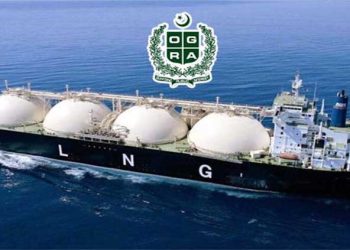Tokyo (AFP) – It was once touted as a miracle solution to Japan’s energy problems: creating a “hydrogen society” by sharply ramping up use of the fuel for vehicles, industry and housing.
But the country’s plan to expand its hydrogen market and slash greenhouse emissions has suffered delays and criticism over the fuel’s green credentials.
As G7 climate ministers meet in the northern Japanese city of Sapporo, here are some key points about the strategy:
Ambitious plans
In 2017, Japan became the first country to devise a national strategy for hydrogen power, aiming to drastically scale up its use by 2030.
The colourless, odourless gas is an exciting prospect on paper.
It can be produced, stored and transported in large quantities, and does not emit carbon dioxide when burned.
These qualities are attractive to Japan, which is heavily reliant on fossil fuel imports.
Most of its nuclear reactors are still offline after the 2011 Fukushima disaster, and the nation set a goal two and a half years ago of reaching carbon neutrality by 2050.
















